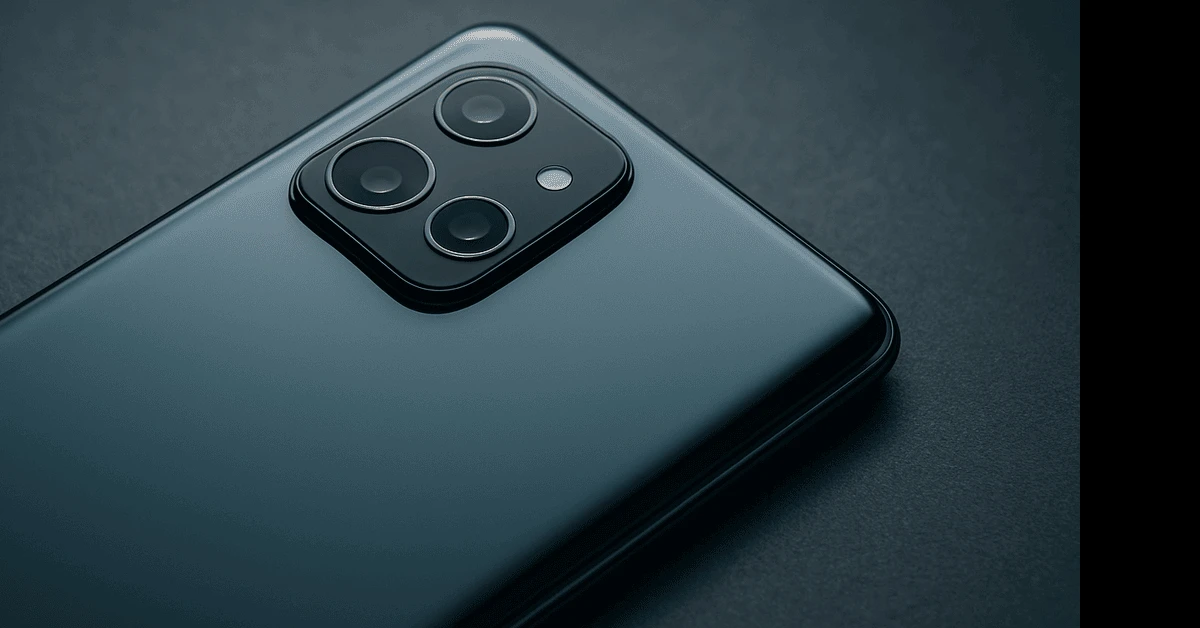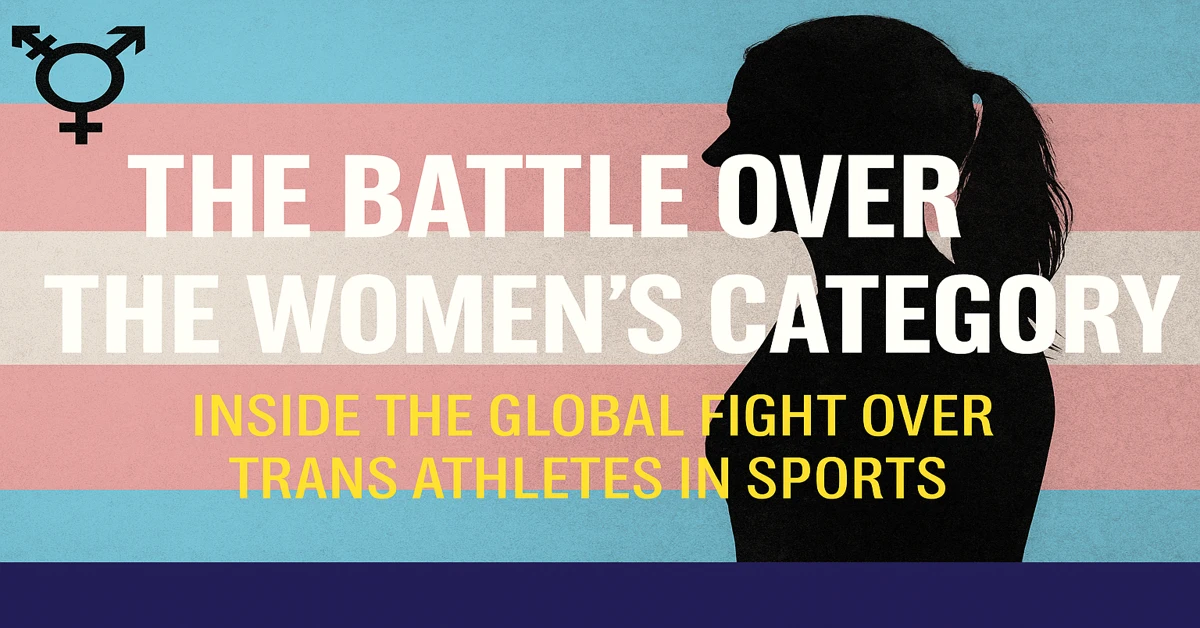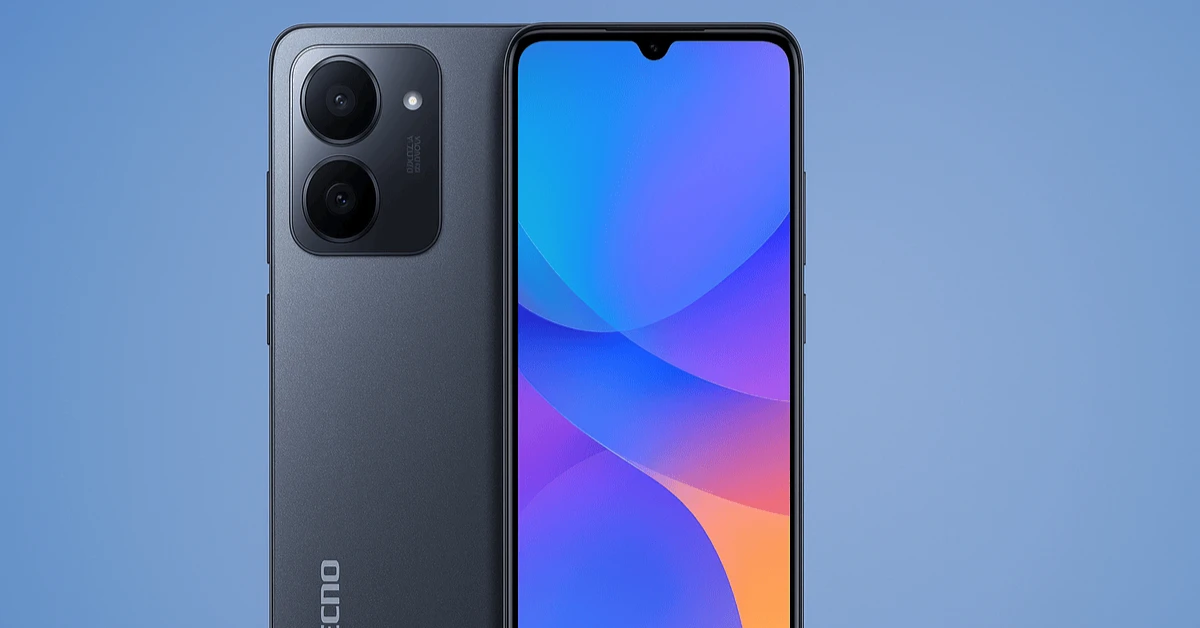Last Updated: October 6, 2025
How Chinese Brands Quietly Took Over Global Smartphone Design

In the early 2010s, the smartphone conversation was dominated by a few Western and South Korean names. By 2025, however, the visual and ergonomic language of nearly every new phone carries Chinese design influence. This takeover didn’t happen overnight — it was a methodical shift from rapid experimentation to emotional marketing and AI-assisted ergonomics.
From Copycats to Trendsetters
Chinese phones were once dismissed as imitators. Early models borrowed heavily from Apple and Samsung, earning a reputation for “cloning.” That label didn’t last. Brands such as Oppo, Vivo, Xiaomi, and Huawei moved from imitation to experimentation — introducing pop-up cameras, periscope zooms, gradient glass finishes, and near-invisible front cameras. These moves shifted perception: affordable no longer meant cheap; it began to mean innovative.
Why Shenzhen Matters
Shenzhen transformed from a manufacturing city into a global design hub. Close proximity between prototyping factories, component suppliers, and software teams created an unmatched feedback loop: a design idea could be tested, refined, and manufactured in weeks. This speed enabled dozens of design experiments per year — something Western firms, with lengthy product cycles, found hard to match.
Data-Led Design: AI and Ergonomics
Chinese design teams embraced AI early — not only for camera processing but for physical design. Before producing a single unit, AI simulations predict how millions of users will hold and interact with a device. The result is phones that feel deliberately “right”: weight distribution, button placement, curvature, and even surface texture are tuned using large-scale human interaction models.
Marketing That Turned Design into Desire
Design alone wouldn’t have won global markets without a new approach to storytelling. Chinese brands invested heavily in cinematic product launches, influencer-driven narratives, and localized campaigns that made phones feel aspirational. The narrative changed from “cheap alternative” to “designer innovation with value.”
Western Brands Are Playing Catch-Up
Today it’s common to see Western and Korean flagships borrowing trends that first gained traction in China — be it camera module layouts, finish textures, or even fast-deploy software features. The competitive advantage comes from rapid iteration: multiple experimental releases a year create a living design language that competitors often retroactively adopt.
Sustainability and Materials Innovation
Chinese factories also moved fast on materials: new glass chemistries, recyclable materials, and innovative coatings reached market plausibility quicker than in many Western supply chains. That agility gave Chinese phones the ability to look premium while improving durability or reducing cost — a combination that proved irresistible to global consumers.
The Hidden Consequences
This dominance isn’t without trade-offs. Rapid iteration can mean fragmented software support across variants, and ultra-fast release cycles sometimes sacrifice long-term repairability. Additionally, the consolidation of design IP into a few fast-moving ecosystems raises questions about who ultimately sets global aesthetic standards.
What’s Next?
Expect more cross-pollination: foldable concepts refined in China will likely appear in wider markets, AI-driven personalization will tweak hardware designs for niche audiences, and sustainability claims will become central to premium positioning. Above all, the idea that national origin equals design quality is over — the modern design language is global, and China wrote a big part of the latest chapter.
FAQs
Which Chinese brand led the design revolution?
There isn't a single leader — Oppo and Vivo pushed bold aesthetic experiments early, Huawei invested heavily in camera and materials research, and Xiaomi popularized bringing premium features to mid-range prices.
How did Chinese brands become so fast at design?
Close manufacturing ecosystems, fast prototyping, and a culture of rapid A/B testing allowed Chinese firms to iterate dozens of designs per year — a pace Western firms rarely matched.
Are there downsides to this rapid design cycle?
Yes. Short product cycles can lead to software fragmentation, reduced repairability, and confusion among consumers due to many similar variants.
Will Western companies lose relevance?
Not entirely. Western brands still lead in certain areas (ecosystem integration, brand premium perception in some markets). But the design leadership and many fresh trends increasingly emerge from China.
How should consumers choose now?
Look beyond the badge. Assess material quality, software update policies, camera performance, and after-sales service. Many Chinese phones now offer world-class design and hardware — so the best choice is often value-driven rather than brand-driven.
You May Also Like:

The Battle Over the Women’s Category: Inside the Global Fight Over Trans Athletes in Sports...

This AI Just Took Over a Job You Thought Was Safe — Is Yours Next?...

The Business of Loneliness: How Brands Are Profiting from an Isolated Generation...

How Your Smart TV Spies on You More Than Your Smartphone...

TECNO Spark 40C Launched in Pakistan – Big Battery, Stylish Design, and Everyday Reliability...

The Silent Strain: How Remote Work is Fueling a Global Mental Health Crisis...

The Post-Messi-Ronaldo Era: Who’s Really Carrying Football’s Global Popularity Now?...

